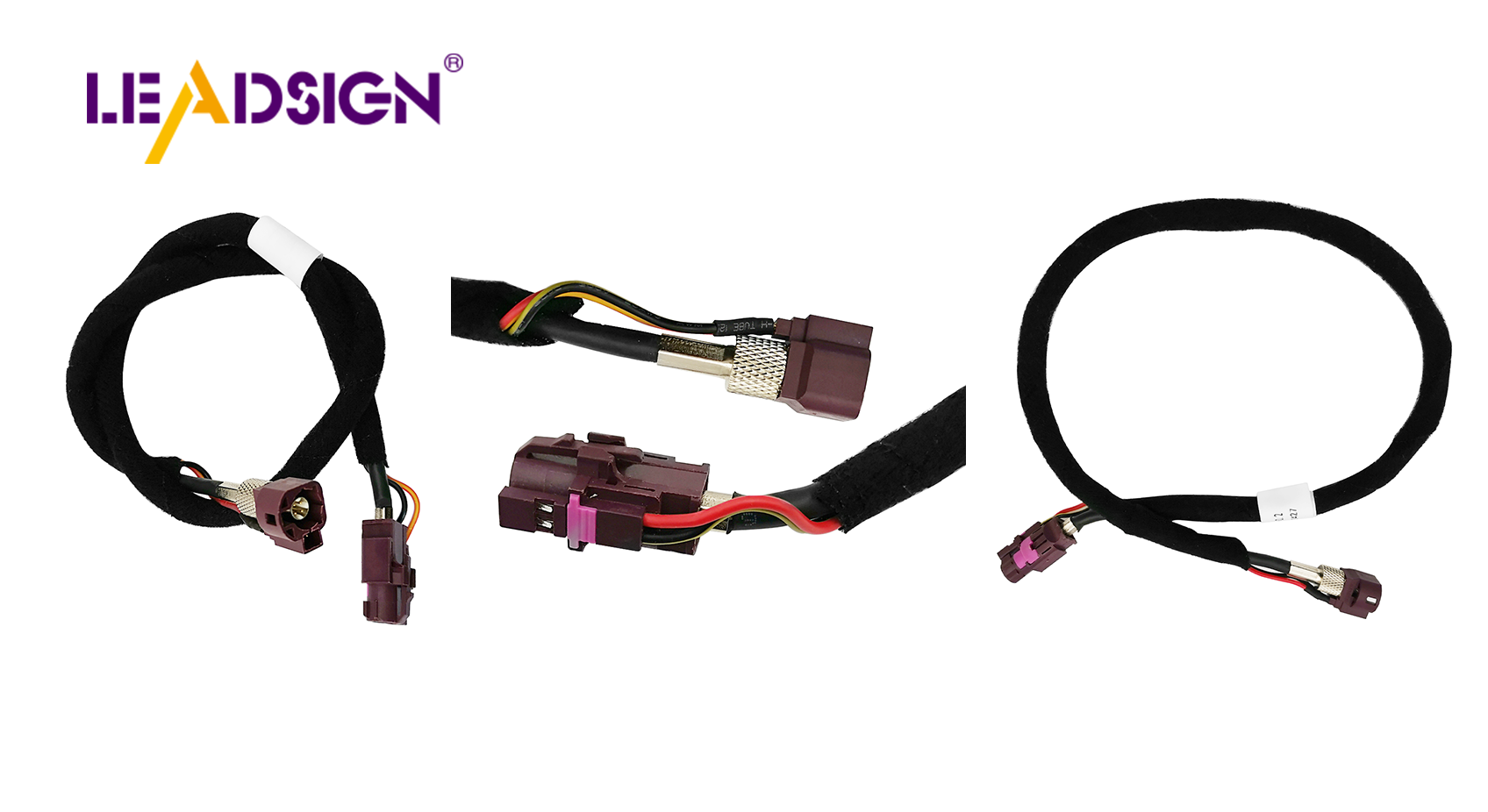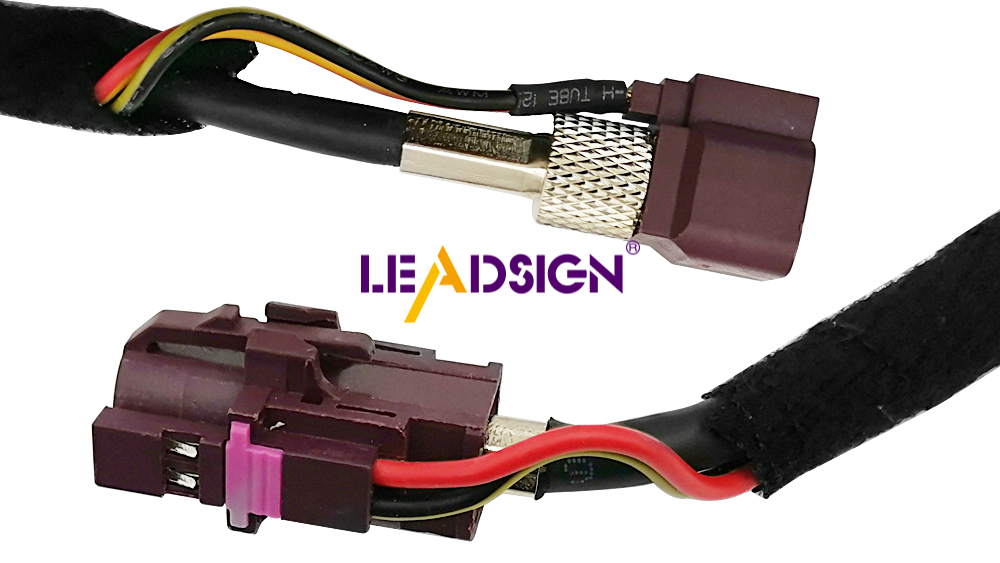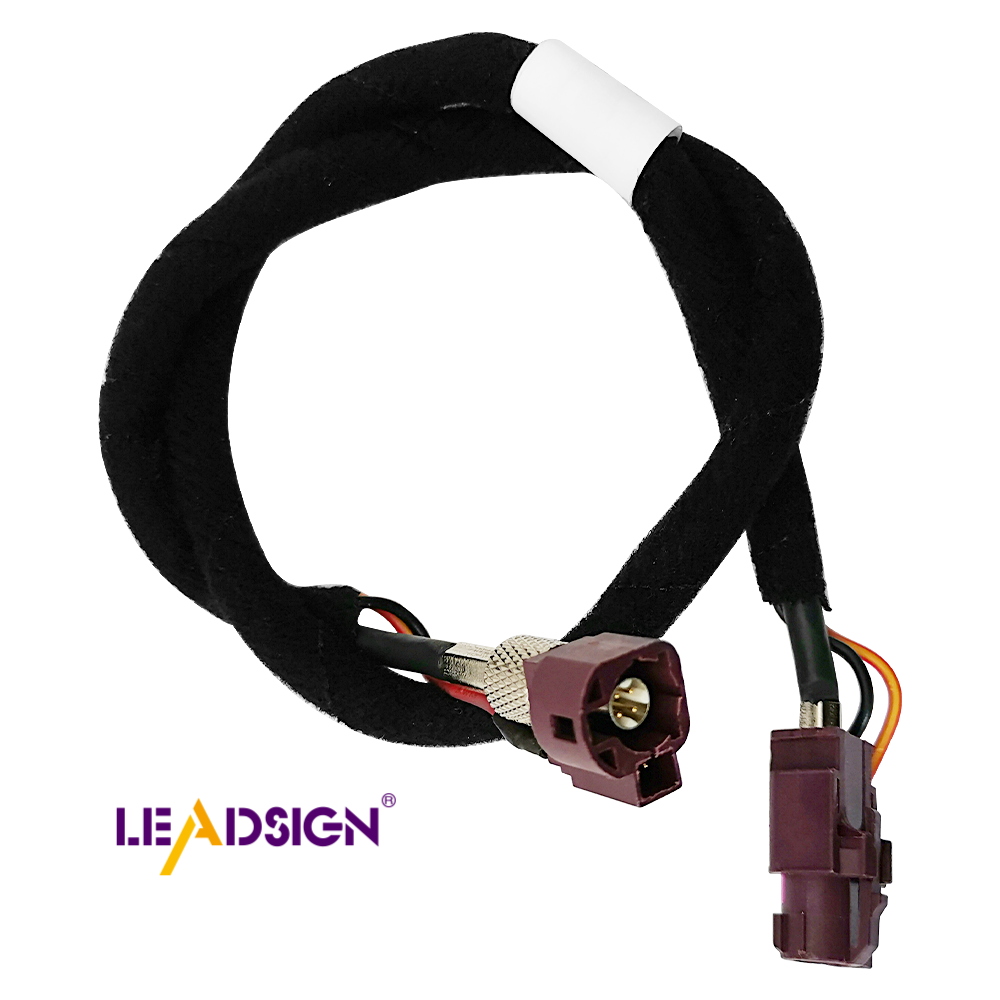Essential Auto Wire Connector Types for Every Vehicle

Car wire connectors, including various auto wire connector types, are important for your car's electrical systems. They send signals to connect different electronic parts. Without them, things like lights, radios, and safety features won’t work well. Picking the right connector keeps it strong and safe. It also helps connections stay reliable in tough situations. Installing them correctly stops electrical problems that can hurt your car’s performance. Knowing how these connectors work, especially the different auto wire connector types, helps keep your car working longer and better.
Key Takeaways
Understanding different auto wire connector types, such as butt, spade, and ring terminals, is crucial for ensuring safe and reliable electrical connections in your vehicle.
Using heat shrink connectors can significantly enhance the durability of your connections, especially in wet or harsh environments, by preventing water and rust damage.
For quick and easy wire changes, opt for quick disconnects, which allow you to connect and disconnect wires without the need for tools.
Always match the connector size to the wire gauge to avoid loose connections that can lead to electrical issues.
Properly preparing wires by stripping insulation and twisting strands together is essential for creating strong, reliable connections.
Testing your connections with a multimeter after installation ensures that electricity flows correctly and helps identify any potential issues early.
Regularly check and secure your wiring to prevent damage from movement or vibrations, which can compromise the integrity of your connections.
Overview of Essential Auto Wire Connector Types

Knowing the auto wire connector types is important for car wiring. Each type has a job to make connections safe and strong. Here are three common connectors: butt connectors, spade connectors, and ring terminals.
Butt Connectors
Butt connectors join two wires in a straight line. Use them to extend or connect wires together. Insert stripped wire ends into each side, then crimp tightly. This makes a solid connection for car use.
Tip: Heat shrink butt connectors protect against water and rust. They are great for tough environments needing extra durability.
You’ll find butt connectors used in fixing broken wires or adding parts. They are simple to use and work well, making them popular with car enthusiasts.
Spade Connectors
Spade connectors have a flat, spade-like metal end. This lets you attach it easily to screws or studs. You can disconnect it without removing the screw fully, saving time during repairs.
These are often used in car stereo setups where wires meet terminal blocks. Their easy use and flexibility make them great for projects needing frequent changes.
Pro Tip: Pick spade connectors with heat shrink covers for better protection from damage.
Ring Terminals
Ring terminals form loops that fit over screws or bolts tightly. Once secured, they stay firm even if the vehicle vibrates a lot.
They’re used in cars and boats where lasting performance matters most. For example, they connect wires to batteries or grounding spots securely. Heat shrink ring terminals block out moisture and stop rusting too.
Did You Know? Ring terminals come in different sizes for various wire thicknesses and bolt widths. Always pick the right size for your task to get a good fit.
Learning about these key auto wire connector types helps you choose wisely when working on your car’s wiring system.
Heat Shrink Connectors
Heat shrink connectors make car wiring strong and long-lasting. They have a special glue inside that melts with heat. This glue seals the wires, keeping water and rust away. These connectors are perfect for wet or tough conditions.
To use them, first crimp the connector onto bare wire ends. Then, heat it evenly with a heat gun. The tube shrinks tightly around the wires, sealing them well. This protects the connection and makes it last longer.
Pro Tip: Use these connectors in places with water, like boats or outdoor cars. They protect better than regular connectors.
Heat shrink connectors come in types like butt, spade, and ring terminals. Their strong seal makes them popular with car fans and experts.
Quick Disconnects
Quick disconnects are easy to use and save time. They let you connect or disconnect wires without tools. Each has two parts: a male terminal and a female terminal. When joined, they make a safe electrical link.
These are great for things needing quick changes, like car stereos or lights. They stay secure even when vehicles shake or move a lot.
To use them, crimp each terminal to its wire end. Snap the two parts together for a firm connection.
Did You Know? Insulated quick disconnects stop short circuits and accidental touches better than non-insulated ones.
They come in many sizes and materials for different uses in cars. Their simple design makes them important for wiring projects.
How to Pick the Best Connector for Your Car
Choosing the right connector helps your car work well. With many auto wire connector types, knowing what to pick saves time and avoids problems.
Things to Think About
When picking a connector, focus on these points:
Environment Think about where it will be used. If it’s in wet or tough spots, use heat shrink connectors. These seal wires when heated, keeping water and rust out. They’re great for boats or outdoor cars.
Wire Size Match Make sure the connector fits the wire size. Wrong sizes can cause loose wires or damage. Some connectors, like butt connectors, have colors to show their size.
Easy Use If you need quick changes, choose quick disconnects. These let you connect wires fast without tools, perfect for stereos or parts needing adjustments.
Strong Build Pick connectors that handle shaking and wear well. Heat shrink terminals are strong and protect against damage, lasting longer.
Purpose of Use Know why you need the connection. For permanent setups, use ring terminals or spade connectors. For temporary ones, quick disconnects are better.
Pro Tip: Always check your car’s wiring guide before choosing a connector.
Mistakes You Should Avoid
Avoiding mistakes makes installing easier and safer:
Wrong Connector Type Each type has a job. Using a spade instead of a ring terminal on batteries can make it loose.
Not Preparing Wires Strip off insulation properly first. Skipping this weakens connections and causes issues.
No Sealing in Wet Areas In wet places, not using heat shrink connectors leads to rusting wires.
Bad Crimping Work Use the right crimp tool for tight fits; bad crimps loosen over time.
Mismatched Wire Sizes Wrong wire-to-connector sizes weaken connections; always double-check sizes first.
Did You Know? Good-quality heat shrink terminals last longer and stop short circuits too!
By thinking about these tips and avoiding errors, you’ll pick the best connector for your car’s needs! This keeps your car running smoothly with safe wiring connections.
Step-by-Step Guide to Installing Automotive Wire Connectors

Installing automotive wire connectors the right way makes connections safe and strong. Follow these simple steps for an easy and effective process.
Tools and Materials Needed
Get all tools and materials ready before starting. This saves time and avoids delays. Here’s what you’ll need:
Wire Stripper: Removes plastic cover from wires without harming metal inside.
Crimping Tool: Presses the connector onto the wire tightly.
Heat Gun: Shrinks special connectors to keep water out.
Connectors: Pick the right type like butt, spade, or ring ones.
Heat Shrink Tubing: Covers wires to block water if not using shrink connectors.
Dielectric Grease: Stops rust and keeps moisture away.
Multimeter: Checks if your connection works properly.
Tip: Always use good-quality tools for better results. Cheap ones can fail easily.
Preparing the Wires
Getting wires ready is important for a strong connection. Follow these steps:
Cut the Wire
Trim the wire to the needed length with a cutter. Make sure it’s neat.Strip Insulation Off
Take off about ¼ inch of plastic from wire ends carefully.Check the Wire
Look at exposed parts for damage like fraying or rust.Twist Wire Strands Together
Twist loose strands so they stay together during crimping.
Pro Tip: In wet areas, slide heat shrink tubing on first before adding a connector.
Attaching the Connector
After preparing wires, attach your connector by following these steps:
Pick Your Connector Type
Choose one that fits your wire size and job needs, like heat shrink types for wet places or quick disconnects for easy changes.Insert Wire into Connector
Push stripped wire end into connector until it touches metal inside snugly.Crimp It Tight
Use a crimper tool to press down hard on the connector so it holds well.Seal It Up
Heat shrink connectors with a heat gun until they seal tight against water or dirt.Test Connection Works Right
Use a multimeter to check if electricity flows correctly through it.
Did You Know? Good crimped connections stop air from getting in, which prevents rust over time!
By doing these steps, you can install connectors easily and safely every time!
Securing and Testing the Connection
Making sure your connection is safe keeps it working well. Follow these simple steps to finish your work properly:
1. Check the Connection
After attaching the connector, look at it closely. Make sure the wire is fully inside and crimped tightly. Check for loose wires or gaps.
Tip: A good connection should not move when you pull gently.
2. Protect It
Use heat shrink tubing or connectors with built-in shrink covers for strength. Heat them with a heat gun until they wrap tightly around the wire and connector. This step blocks water, dirt, and rust.
Did You Know? Heat shrink connectors with glue inside keep water out better in wet areas.
3. Test Electricity Flow
Use a multimeter to check if electricity flows correctly. Set it to measure continuity or voltage as needed. Place probes on both sides of the connection to test.
For continuity, it should beep or show a closed circuit.
For voltage, make sure the reading matches what you expect.
Pro Tip: Always test before putting parts back together to save time later.
4. Secure Wires
Keep wires neat using zip ties or clamps. This stops movement and protects connections from damage caused by pulling or shaking.
5. Double-Check Everything
Look over all connections again before finishing up. Make sure no wires are pinched and everything is tight in place. Checking now avoids problems later.
By following these steps, your connection will stay strong and last longer. Careful work helps your car’s electrical system run smoothly even in tough conditions.
Installing car wire connectors the right way keeps your car safe. Knowing types like heat shrink or quick disconnects helps you choose well. Always pick connectors that fit the wire size and location. Follow steps like crimping and sealing for strong connections. Check your work twice and use good tools for safety. Learn how to handle wiring confidently with these tips. Strong connections improve how things work and make your car last longer.
See Also
Understanding HSD Connectors Essential for Automotive Applications
Why Fakra Connectors Matter in Today's Vehicles
Significance of Fakra Connectors in Automotive Sector

